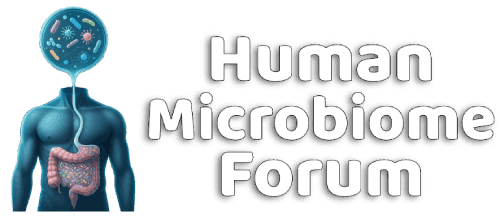Michael Harrop
Well-known member
https://www.nature.com/articles/s41467-025-59884-y
Abstract
Nanoplastics (NP) are emerging environmental pollutants with potential risks to human health. This study investigates how polystyrene-NP exposure disrupts the intestinal microenvironment and barrier function through bacteria-host interactions.
Using in vivo models and bacterial sorting technology, we show that NP accumulation in the mouse intestine alters the expression of intestinal miR-501-3p and miR-700-5p, compromising tight junction protein ZO-1 and mucin (MUC)−13 expression, thereby increasing intestinal permeability. NP increases miR-98-3p, miR-548z, miR-548h-3o, miR-548d-3p, miR-548az-5p, miR-12136, and miR-101-3p levels in extracellular vesicles (EVs) derived from goblet-like cells, which can interfere with ZO-1 expression. NP also induces gut microbiota dysbiosis, characterized by elevated Ruminococcaceae abundance and altered EV characteristics from goblet cells. Lachnospiraceae internalize NP, and their EVs suppress MUC-13 expression.
These findings reveal a mechanism by which NP compromises intestinal integrity and indirectly alters intestinal microbiota composition, potentially leading to adverse health outcomes.
- Format correct?
- Yes
